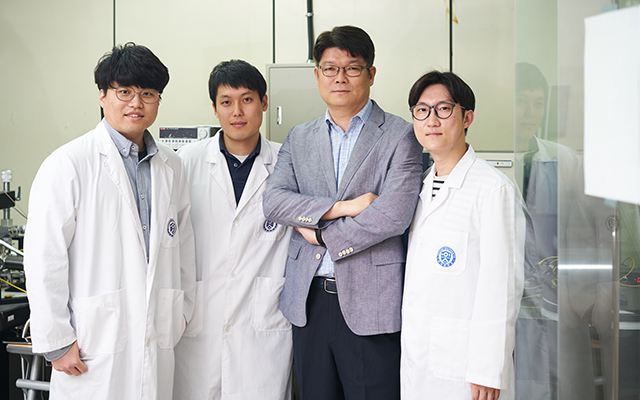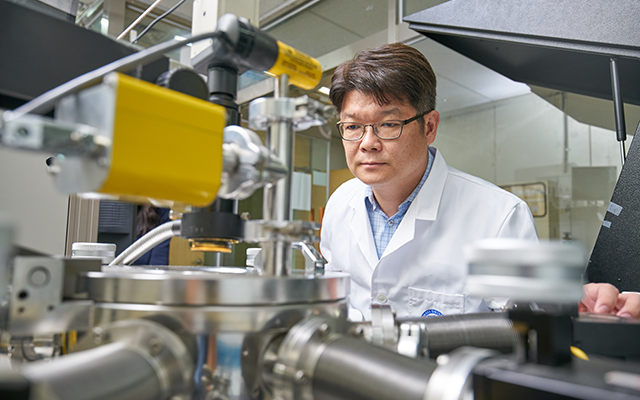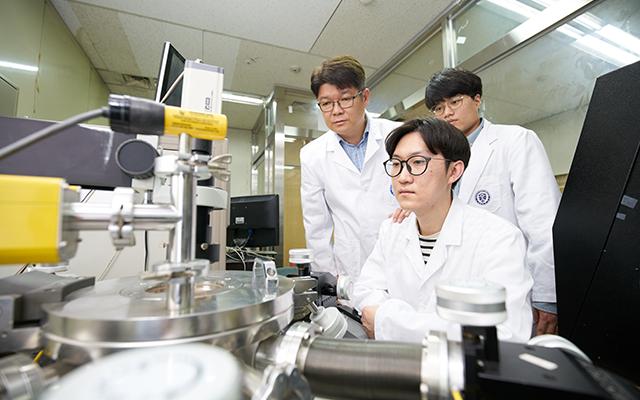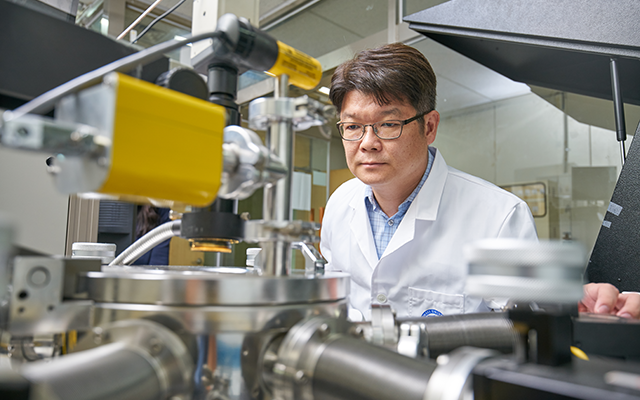- Prof. Jong-hyun Ahn Produces Research with Impact October 24, 2018
-
Prof. Jong-hyun Ahn is author of the most cited paper in patent literature of Nature Nanotechnology

“Without patent optimization work and dedication, any proposed new technology risks fading away and never developing into something that can truly benefit society” — a paraphrased comment of Jong-hyun Ahn, Professor of the Department of Electrical and Electronic Engineering at Yonsei University in Seoul, Korea.
A research paper published by Professor Ahn in the journal Nature Nanotechnology has been found to be the most cited in the patent literature published in the journal.
Nature Nanotechnology is considered one of the most influential international academic journals, with an impact index of 37.490 as of 2018. Last July, it introduced the top 10 papers cited in world patents among the papers published in the journal in a special issue and interviewed the corresponding authors of the top three most-cited papers: Professor Jong-hyun Ahn from Yonsei University, Professor Yi Cui from Stanford University, and Professor Hagan Bayley from the University of Oxford. In 2010, Professor Ahn jointly published the paper, “Roll-to-roll production of 30-inch graphene films for transparent electrodes” with Prof. Hong Byung-hee’s research team from Seoul National University.
In response to the interview question, “How should academics do more to make their applied research more likely to become a viable technology?” Prof. Ahn replied, “Many researchers are only producing academic papers without much concern about the practical use of technology. At the same time, real-life application of new technologies requires additional effort from a commercial perspective, so academics and industry need to work together to reduce the gap between basic research and feasibility.”

His paper, titled “Roll-to-roll production of 30-inch graphene films for transparent electrodes,” received scholarly acclaim as showing clearly the feasibility in commercial production of graphene as a substitute of ITO. Back in 2004, graphene was first introduced to the field of research by Professor Andre Geim from the University of Chester.
Professor Ahn’s paper introduced a graphene electrode that improves the electrical and optical performance of graphene through multiple transfers and simple doping using roll equipment. This new roll-transfer-based graphene electrode has a sheet resistance of only 30% of ITO and 90% transparency, as well as great pliability. In addition, the roll-to-roll production method can solve the limited usability problem caused by the use of a metal substrate such as copper or nickel in the growth substrate of the conventional CVD method of graphene. In this way, the paper introduced the possibility of the ideal commercial use of graphene and its potential to become a next-generation electronics industry material.

Professor Ahn continues to be actively involved in various types of research. He has developed a biodegradable electronic material which succeeded in real-time measurement of brain temperature and pressure after being inserted into the brain of a mouse. His research has been published in Nature Communications, acknowledging the possibility that such materials can contribute to the future diagnosis of brain diseases such as traumatic cerebral hemorrhage.
<Originally published on September 10, 2018>
show mobile menu
mobile menu




